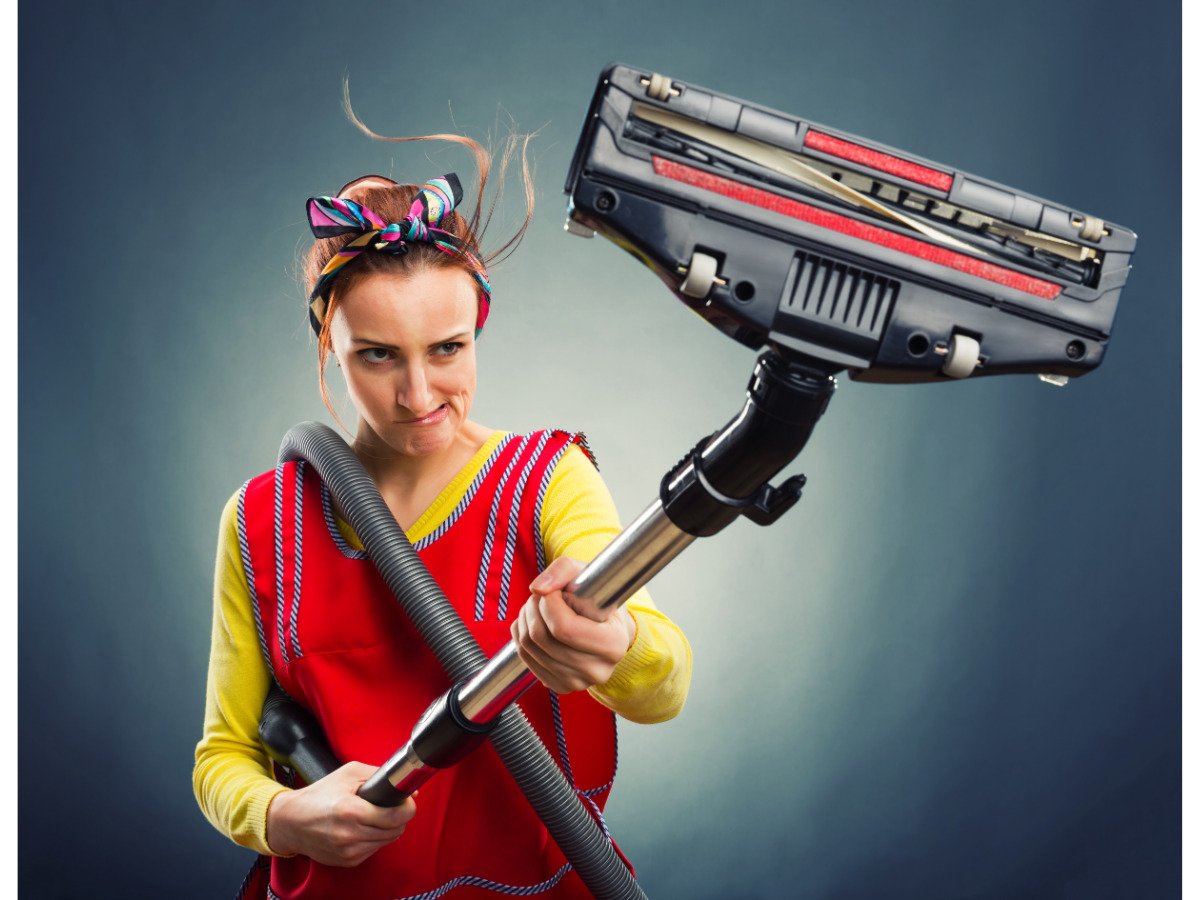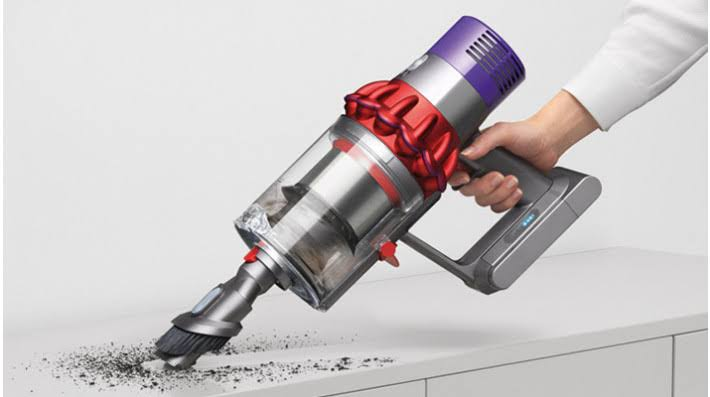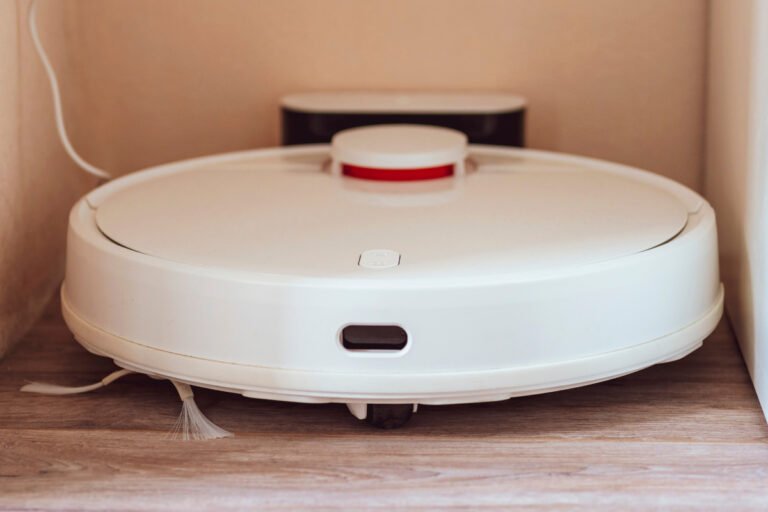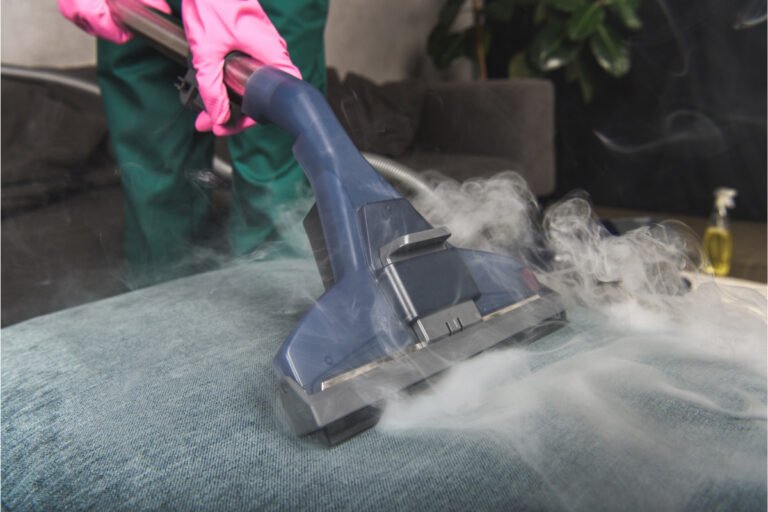The Ultimate Guide to Vacuuming Do’s and Don’ts

It’s undeniable that vacuuming does more than just keep your rooms clean. It can significantly affect the standard of indoor air quality and how clean a house can be. That’s right, keeping a clean and healthy home requires doing more than just vacuuming. So, we’ll get into the vacuuming do’s and don’ts in this post, covering the best ways to clean effectively and providing helpful advice for preventing careless behavior.
We can help you with everything from selecting the best vacuum for your needs to employing the right methods and avoiding typical mistakes. Hence, whether you’re an experienced vacuum cleaner or a beginner, check this expert advice on maintaining a clean and spotless house with the help of vacuum cleaners. So let’s get started!
Vacuuming Do’s and Don’ts

It is essential to know the do’s and don’ts of vacuuming to get the most out of your cleaning efforts. Follow these simple tips to maximize suction power, preserve your carpets, and avoid unnecessary damage.
The Do’s of Vacuuming
Choosing the Right Vacuum Cleaner:
When it comes to effective vacuuming, one size does not fit all. The first step is to choose the right vacuum cleaner for your specific needs. Consider the types of flooring in your home. If you have carpeted areas, opt for a vacuum with adjustable height settings to ensure thorough cleaning. A vacuum with soft bristles or a detachable brush attachment for hardwood or tiled floors will prevent scratches.
Bagged vs. Bagless Vacuum Cleaners:
Another important consideration is choosing a bagged or bagless vacuum cleaner. Bagged vacuums are more efficient at trapping dust and allergens, as the bag is an additional filter. On the other hand, bagless vacuums offer the convenience of easy disposal and cost savings. You can empty or replace the bag or dustbin regularly for optimal performance.
HEPA Filters for Allergen Control:
Investing in a vacuum cleaner with a HEPA (High-Efficiency Particulate Air) filter is highly recommended if you or a family member suffer from allergies or asthma. These filters can capture tiny particles, such as pollen, pet dander, and dust mites, ensuring cleaner air quality in your home. Look for vacuums with a certified HEPA filter for maximum effectiveness.
Vacuuming Frequency:
Now that you have the right vacuum cleaner let’s talk about how often you should be vacuuming. The frequency of vacuuming depends on factors like foot traffic, pets, and indoor air quality. In general, you should vacuum high-traffic areas such as living rooms and hallways should be vacuumed at least once a week. You can vacuum bedrooms and less frequently used areas every two weeks. Don’t forget to pay attention to upholstery, curtains, and mattresses, which also require regular vacuuming.
Proper Vacuuming Technique:
In order to achieve the best results while vacuuming, it’s important to use the proper technique. Follow these simple steps for a thorough cleaning:
- Slow and steady strokes: Move the vacuum cleaner slowly and steadily across the floor when vacuuming. It allows the vacuum to pick up dirt and debris effectively.
- Overlapping strokes for thorough cleaning: Make sure to overlap your vacuuming strokes to ensure no area is missed. This is especially important in high-traffic areas where dirt accumulates more.
- Using attachments for edges and corners: Don’t forget to use the attachments with your vacuum cleaner. These tools are specifically designed to reach edges and corners that the main vacuum head might miss.
- Adjusting height settings based on flooring: Different types of flooring require different height settings on your vacuum cleaner. For carpets, adjust the height so that the brushes penetrate the fibers without causing damage. For hardwood or tiled floors, raise the height to prevent scratching.
Emptying the Dustbin or Changing the Bag:
One of the crucial steps in proper vacuuming is regularly emptying the dustbin or changing the bag, depending on the type of vacuum cleaner you have. If you have a bagless vacuum, make it a habit to empty the dustbin after each use or when it reaches the maximum fill line. It prevents the accumulation of dirt and ensures optimal suction power. Check the bag regularly for bagged vacuums and replace it as soon as it becomes full. Remember, a full bag can restrict airflow, reducing the vacuum’s efficiency.
Cleaning and Maintaining Vacuum Filters:
Vacuum filters play a vital role in trapping dust, allergens, and other particles while vacuuming. In order to maintain optimal performance, it’s important to clean or replace the filters regularly. Check the manufacturer’s instructions for specific recommendations, but generally, foam filters can be rinsed and air-dried, while HEPA filters may need to be replaced annually. Keeping your filters clean will maximize suction power and ensure your vacuum removes as much dirt and allergens as possible.
The Don’ts of Vacuuming
Ignoring Regular Maintenance:
One of the biggest mistakes people make is neglecting regular maintenance of their vacuum cleaners. Following the manufacturer’s instructions for cleaning and maintaining your vacuum is crucial. It includes emptying the dustbin or changing the bag regularly, cleaning or replacing filters, and checking for any clogs in the hoses or attachments. By ignoring these maintenance tasks, you risk decreased suction power and reduced performance.
Vacuuming Over Large Debris:
While vacuum cleaners are designed to pick up small particles, they are not meant to handle large debris. Avoid vacuuming over items such as coins, paper clips, or small toys, as these can damage the vacuum cleaner’s brushes or get stuck in the hose. Instead, pick up larger debris by hand before using the vacuum for a thorough cleaning.
Neglecting to Check and Adjust the Height Setting:
Each type of flooring requires a different height setting on your vacuum cleaner. Neglecting to check and adjust the height can lead to inefficient cleaning and potential damage. For example, if the height setting is too low for a plush carpet, the vacuum might be difficult to push and can cause wear and tear on the carpet fibers. Conversely, the vacuum may not effectively remove dirt and debris if the height setting is too high for a low-pile carpet. Take a moment to adjust the height setting according to the type of flooring you are cleaning.
Skipping Vacuum Cleaner Inspections:
Regular inspections of your vacuum cleaner are essential to ensure its optimal performance. Check the brushes or beater bar regularly for any tangled hair or debris that might impede their rotation. Inspect the hoses and attachments for any cracks or blockages affecting suction power. You need to complete these inspections to avoid decreased efficiency and potential damage to your vacuum cleaner.
Using the Wrong Attachments for Different Surfaces:
Vacuum cleaner attachments are designed for specific purposes and surfaces. Using the right attachment for a particular surface can lead to efficient cleaning or damage. For example, a hard brush attachment on delicate upholstery can cause tears or scratches. Take the time to familiarize yourself with the appropriate attachments for different surfaces and use them accordingly.
With these vacuuming do’s and don’ts in mind, you’ll be well-prepared to maintain a clean and healthy home environment.
Frequently Asked Questions
Can vacuuming help with allergy relief?
Yes, vacuuming can be beneficial for allergy relief. Vacuuming regularly helps remove dust, pollen, pet dander, and other allergens from your floors and carpets. Use a vacuum cleaner with a HEPA filter to effectively capture these allergens and prevent them from being recirculated back into the air.
Is it okay to vacuum over large debris, or should I pick it up first?
It’s best to pick up large debris before vacuuming. Vacuum cleaners are designed to handle smaller particles, and vacuuming over large debris can potentially damage the vacuum’s brushes or get it clogged. Take a moment to pick up any sizable items by hand before using the vacuum for a thorough cleaning.
What is the correct way to empty the dustbin or change the vacuum bag?
The process of emptying the dustbin or changing the vacuum bag may vary depending on the type of vacuum cleaner you have. Refer to the manufacturer’s instructions for specific guidance. However, as a general guideline, turn off the vacuum, remove the dustbin or bag carefully, and dispose of the contents in a sealed bag. For bagless vacuums, rinse out the dustbin with water if it’s washable. If you have a bagged vacuum, remove the full bag and replace it with a new one, ensuring it is properly secured.
Should I adjust the height setting on my vacuum cleaner for different floors?
Yes, it’s important to adjust the height setting on your vacuum cleaner based on the type of flooring you are cleaning. For carpets, adjust the height so that the brushes penetrate the fibers without causing damage. It ensures effective cleaning without putting unnecessary strain on the carpet. For hardwood or tiled floors, raise the height to prevent scratching and allow the vacuum to glide smoothly.
Can vacuuming help with controlling odors in the home?
Yes, vacuuming can help control odors in the home. Vacuuming removes dirt, dust, and debris that can contribute to unpleasant smells. However, for stronger odors, consider using odor-absorbing products or carpet fresheners specifically designed to eliminate odors while vacuuming.
Is it essential to follow the manufacturer’s instructions for my vacuum cleaner?
Yes, following the manufacturer’s instructions for your vacuum cleaner is highly recommended. Each vacuum model may have specific guidelines for maintenance, filter replacement, and other important considerations. By following these instructions, you can ensure proper usage, extend the lifespan of your vacuum cleaner, and maintain optimal cleaning performance.
Final Words
After researching vacuuming Do’s and Don’ts, I must say that I have gained a whole new appreciation for this household chore. It’s no longer just a tedious task to keep up with, but it’s an important aspect of maintaining my home’s cleanliness and overall health. I used to think that as long as I vacuumed, I was doing a good enough job, but now I know that some specific techniques and practices can make all the difference. Knowing the vacuuming do’s and don’ts makes me more efficient and confident in my cleaning abilities, and it’s a relief to know that I’m doing everything I can to keep my family safe and healthy.
I’m thankful for this newfound knowledge and will continue implementing these tips in my daily cleaning routine. Vacuuming has become less of a chore and more of a way to ensure that my home is a clean and comfortable environment for my loved ones.






